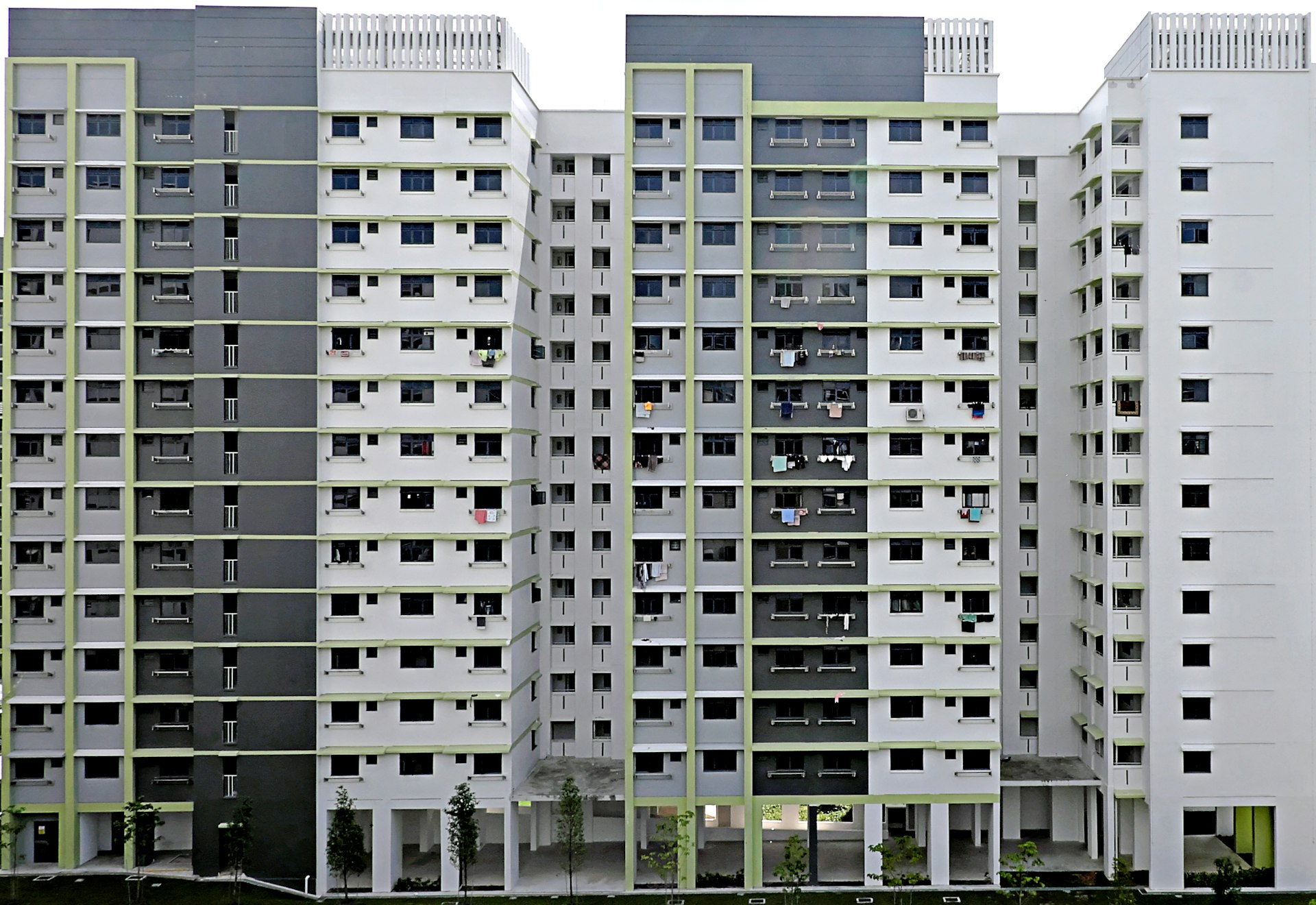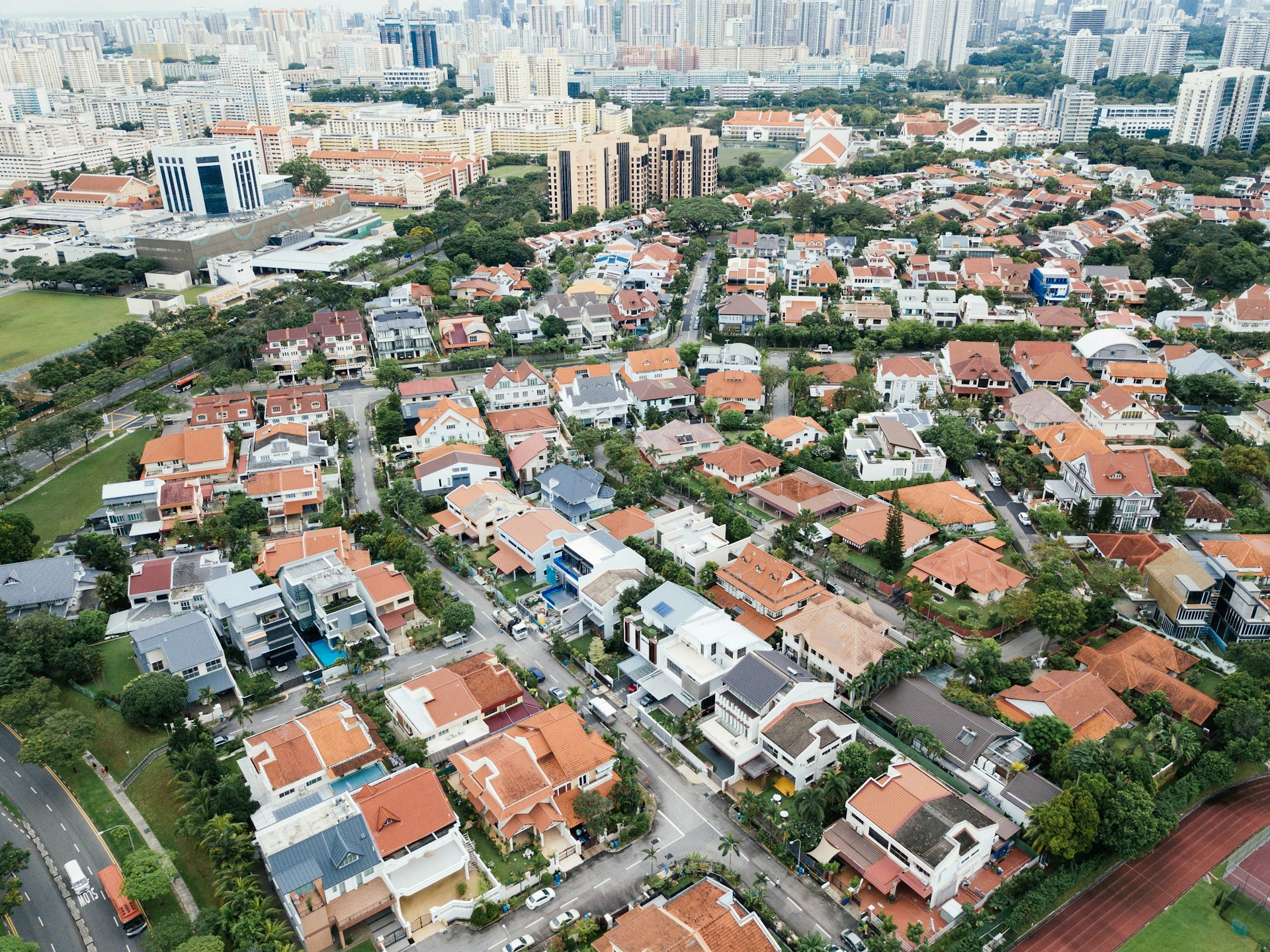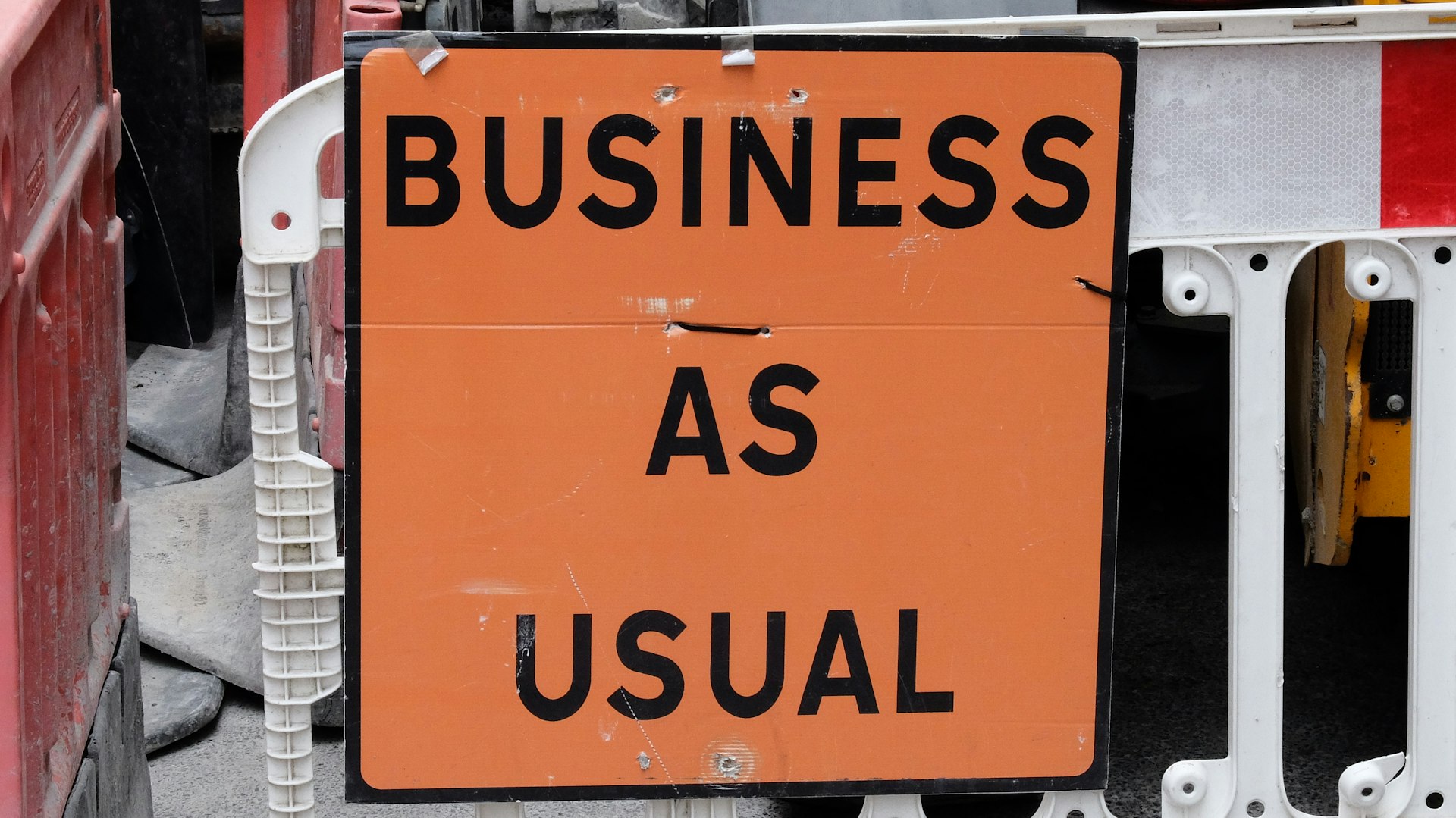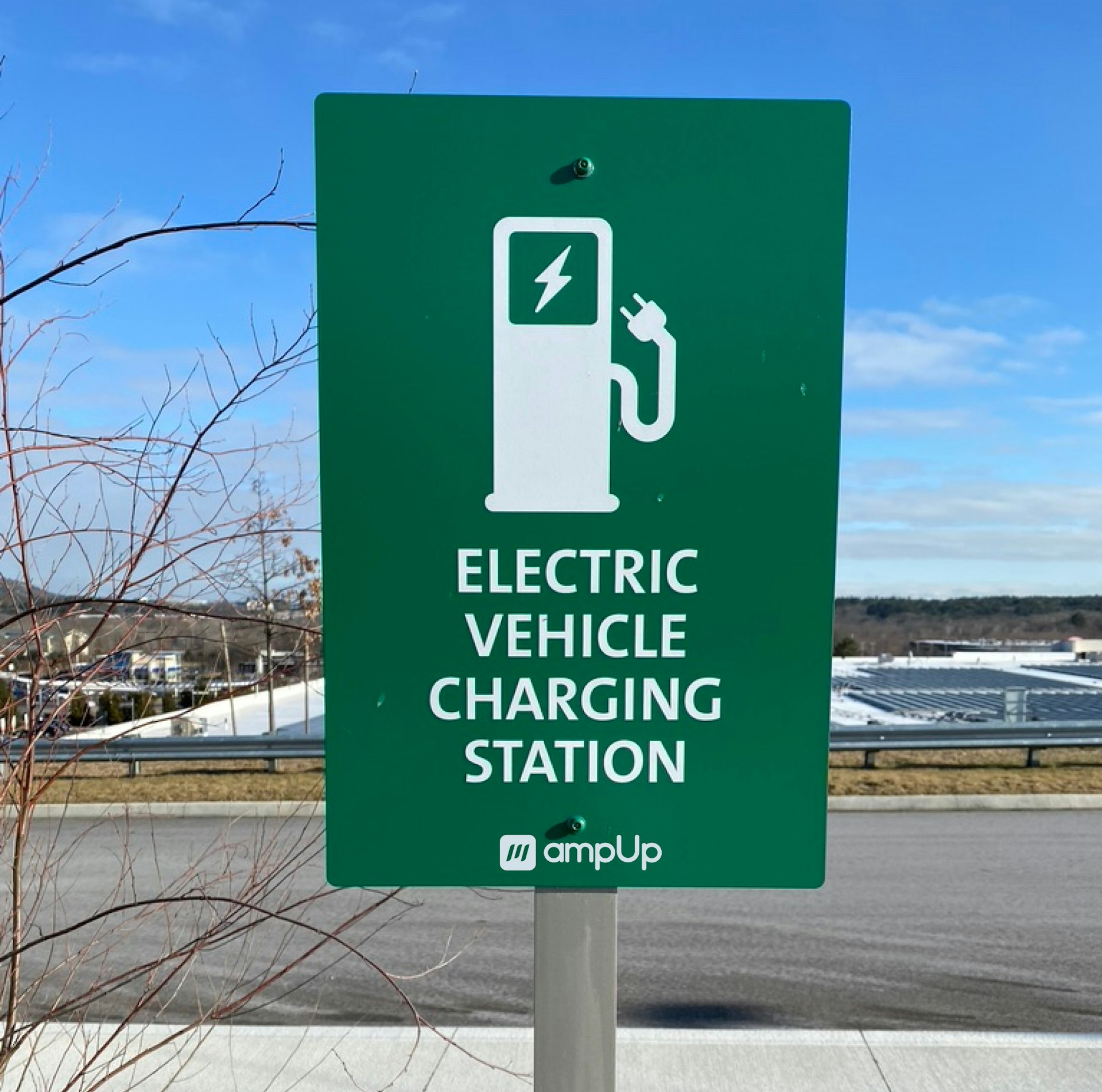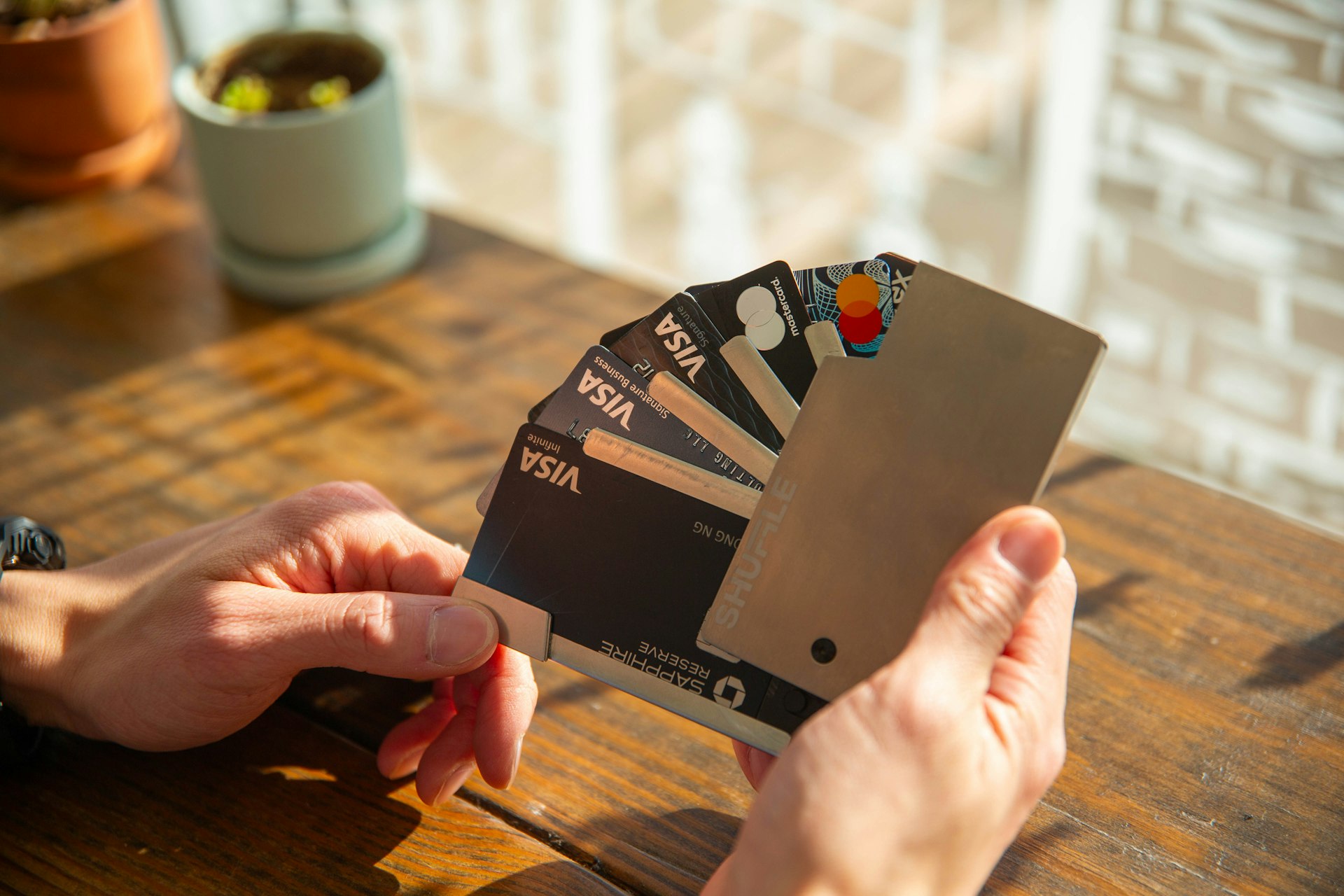How Virtual Staging Accelerates Property Sales: Strategies, Benefits, and Practical Steps

Photo by JOSHUA COLEMAN on Unsplash
Introduction: The Evolution of Property Marketing
In today’s fast-paced real estate market, presenting properties in their best light is critical to capturing buyer attention and accelerating sales. Virtual staging -the process of digitally furnishing and decorating photos of empty or outdated spaces-has emerged as a powerful, cost-effective alternative to traditional home staging. By leveraging realistic 3D rendering and strategic design, agents and sellers can make listings more attractive, relatable, and market-ready within hours, not weeks. This article explores how virtual staging contributes to faster property sales, the unique benefits it offers, practical steps for implementation, and what to expect in terms of cost and results.
Why Virtual Staging Drives Faster Property Sales
Virtual staging accelerates property sales through several key mechanisms:
- Enhanced Online Appeal: Over 90% of home buyers start their search online. High-quality, virtually staged images help listings stand out, generate more clicks, and increase inquiries. According to industry estimates, visually compelling photos can reduce a property’s time on market and may even yield a 5-10% higher final sale price [1] [5] .
- Faster Turnaround: Traditional staging often takes days or weeks due to logistics like furniture delivery and setup. Virtual staging companies can digitally transform property photos in as little as 4-8 hours, allowing agents to list properties quickly and respond to market opportunities [5] .
- Showcasing Potential: Empty rooms can feel sterile and uninspiring. Virtual staging helps buyers visualize how a space could look and function, making it easier for them to emotionally connect with the property and imagine themselves living there [2] [3] .
- Cost Efficiency: Virtual staging is significantly less expensive than physical staging, often costing between $42 and $200 per image-a fraction of the thousands typically spent on traditional staging. This allows sellers to allocate more of their budget to marketing or professional photography [1] [4] .
Step-by-Step: How to Implement Virtual Staging
Getting started with virtual staging involves several clear steps. Here’s how you can leverage this technology to speed up your property sales:
- Choose a Professional Photographer: High-resolution, well-lit photos provide the best base for digital staging. If you do not have an in-house photographer, consider hiring a local real estate photography service. Search for providers in your area by using terms like “real estate photographer near me” or checking local real estate association directories.
- Select a Virtual Staging Service: Many companies offer virtual staging; examples include VirtualStaging.com (real, verified), BoxBrownie, and VHT Studios. Compare portfolios, turnaround times, and price structures. When choosing a service, ensure they have experience in your property type and check for customer reviews on platforms like Trustpilot or Google Reviews.
- Prepare and Send Photos: Submit high-quality images of each room you want staged. Most services accept digital uploads. Clarify which rooms should be staged and share any design preferences (e.g., modern, traditional, family-friendly).
- Review and Approve Designs: After receiving the staged images, review them for realism, accuracy, and appeal. Request revisions if needed. Ensure that the virtual furniture and decor match your target buyer demographic.
- Use Staged Photos in Listings: Upload the finished images to your MLS listing, property website, and marketing materials. Clearly disclose in the listing description that images are virtually staged to maintain transparency and trust.
Real-World Examples: Virtual Staging in Action
Several case studies highlight the tangible benefits of virtual staging:
- A California luxury estate was staged virtually and sold within a week after languishing unsold for months with traditional photos. The new images generated a surge in online inquiries and showings [1] .
- In Manhattan, properties that had been vacant for extended periods saw increased foot traffic and competing offers after virtual staging refreshed their online presence [1] .
- Proven Partners, a real estate marketing firm, used virtual staging to help sell new-build luxury villas in Zanzibar. The digitally enhanced images enabled buyers to envision the completed homes, accelerating pre-construction sales [2] .
Potential Challenges and Solutions
While virtual staging offers many advantages, there are some challenges to consider:
- Disclosure Requirements: To maintain ethical standards, always note in your listing that images have been virtually staged. This prevents misunderstandings during in-person showings.
- Expectations vs. Reality: Virtual staging can only enhance the look of a space in photos. Properties must be clean, well-maintained, and ideally empty or decluttered for showings to avoid disappointing prospective buyers.
- Quality and Realism: Poorly executed virtual staging can appear fake or misleading. Work with reputable service providers and review sample work before committing.
When in doubt, consult your local real estate board for best practice guidelines or seek recommendations from experienced agents in your region.
Alternative Approaches and Complementary Strategies
Virtual staging is not the only tool for faster sales. Consider these complementary options:
- Physical Staging: Still beneficial for high-end properties or when selling in markets where in-person showings are critical. However, it comes at a much higher cost.
- Virtual Renovation: Some services offer digital upgrades such as painting, flooring changes, or landscaping, giving buyers a vision of potential home improvements.
- 360° Virtual Tours: Pairing virtually staged photos with immersive tours can further engage buyers and provide a comprehensive feel for the property layout.
If you are interested in these services, search for “virtual home tour providers” or inquire with your virtual staging company, as many now offer bundled packages.
Cost Breakdown and ROI Expectations
Virtual staging typically costs between $42 and $200 per image. The total expense depends on the number of rooms and the complexity of the designs requested. Compared to traditional staging, which can run into thousands of dollars per month for furniture rental and decor, virtual staging is a single, one-time fee [1] [4] .

Photo by Fer Troulik on Unsplash
While no result is guaranteed, reports from agents and industry surveys suggest that staged homes generally sell faster and for higher prices than vacant or unstaged properties. Virtual staging offers a similar marketing impact, especially for online-driven sales, at a fraction of the investment. Prospective sellers and agents can calculate their likely return by comparing local average time-on-market stats for staged vs. non-staged homes, which may be available from your local real estate board or association.
Key Takeaways and Next Steps
Virtual staging is a practical, affordable, and flexible solution for making properties more marketable and speeding up the sales process. With minimal investment and quick turnaround, sellers can position their listings to attract more buyers and stand out in digital marketplaces. To get started:
- Arrange for professional, high-resolution photographs of your property.
- Research and select a reputable virtual staging service-check for genuine customer reviews and sample galleries.
- Clearly disclose any digital enhancements in your online listings to maintain transparency with buyers.
- Combine virtual staging with other digital marketing tools, such as 3D tours, for maximum impact.
For more information or to find a local provider, you can search online using terms like “virtual staging services near me,” check with your real estate agent, or consult professional organizations such as the National Association of Realtors for recommended resources.
References
- [1] Bella Staging (2025). Pros and Cons of Virtual Staging in 2025.
- [2] PhotoUp (2024). How to Leverage Real Estate Virtual Staging to Accelerate Sales.
- [3] Hometrack (2019). The Pros and Cons of Virtual Staging.
- [4] Virtually Staging Properties (2020). What is Virtual Staging?
- [5] VirtualStaging.com (2024). The Ultimate Guide to Virtual Staging in 2025.
MORE FROM smartsavingsfinder.com

